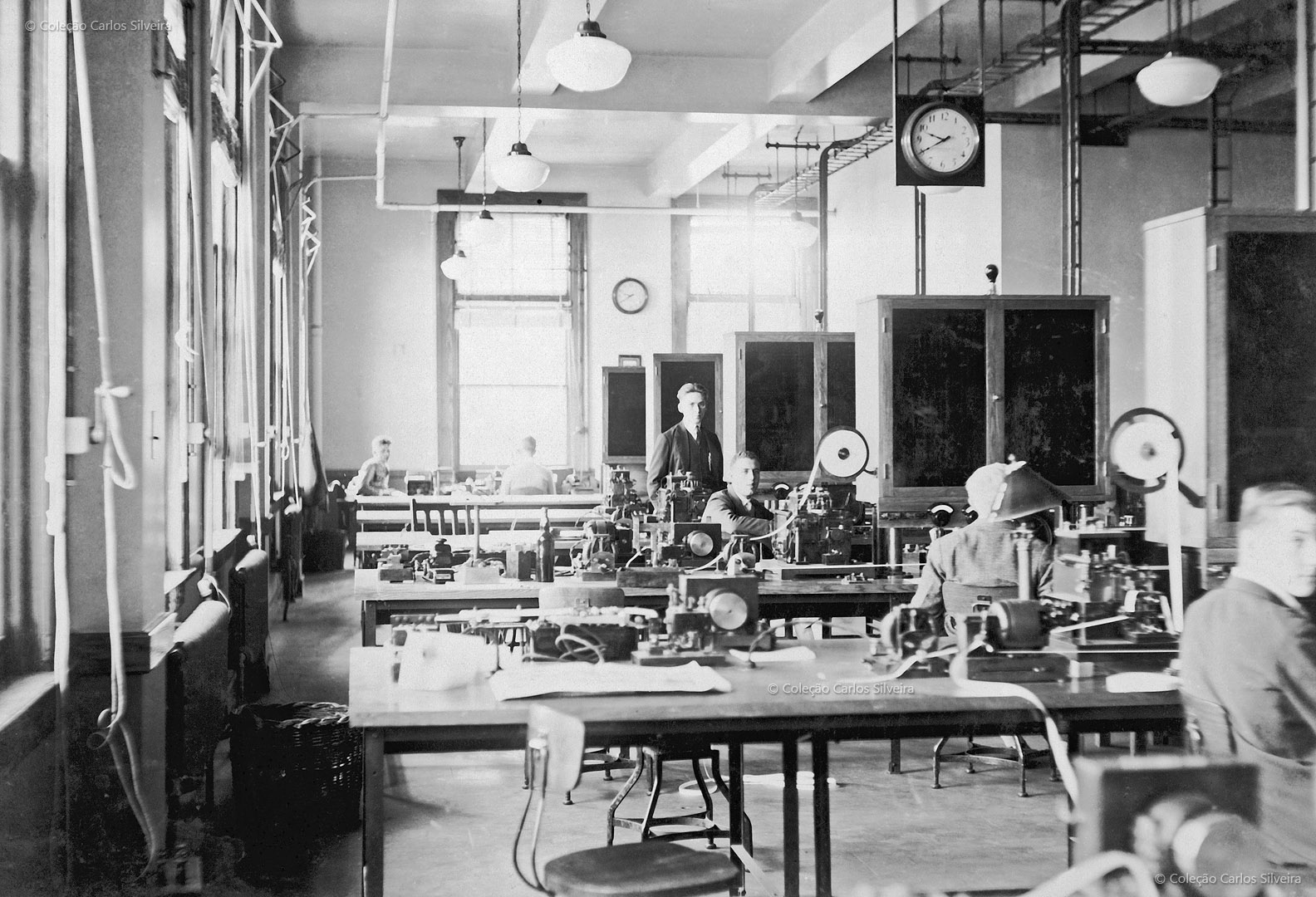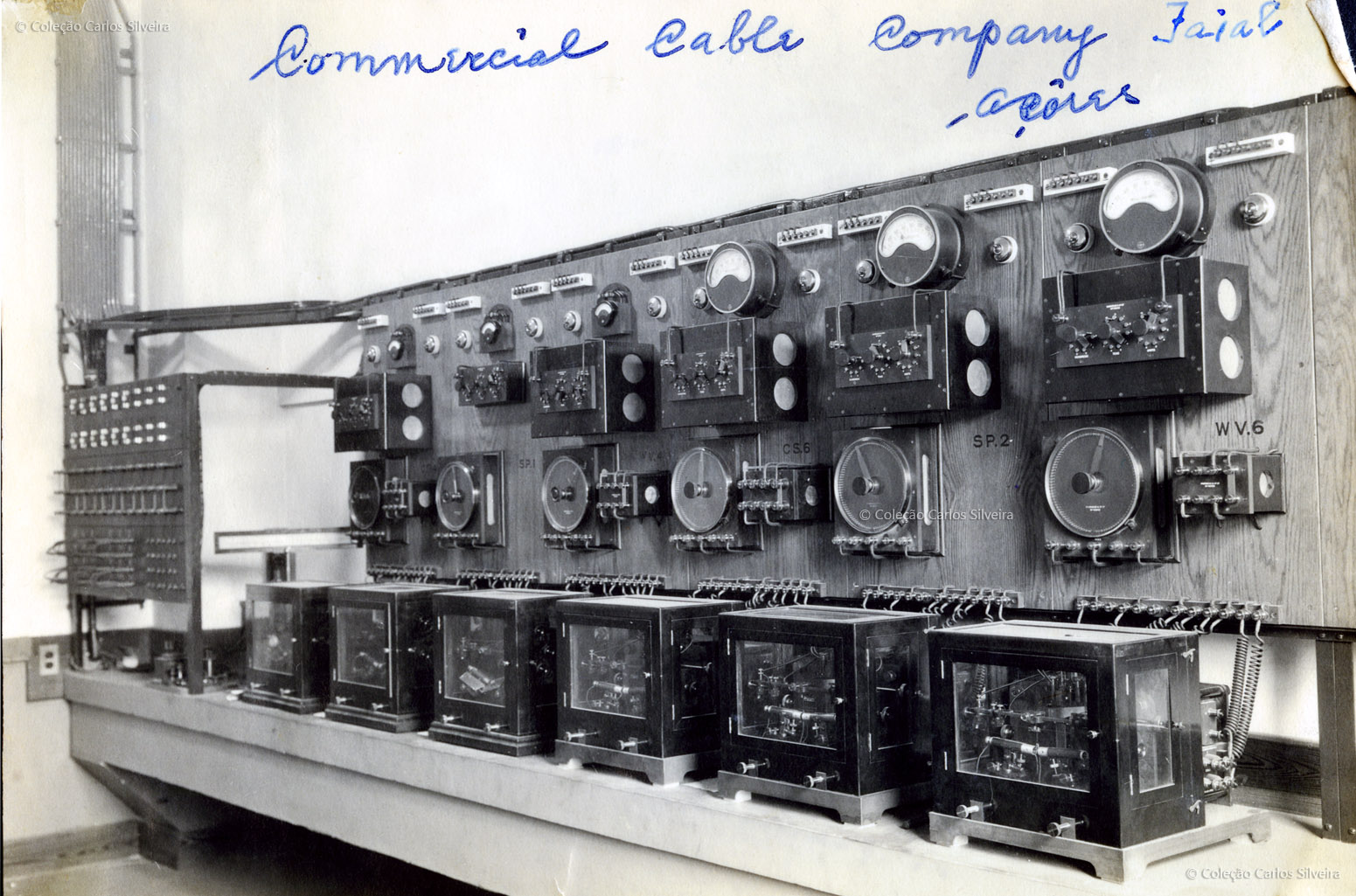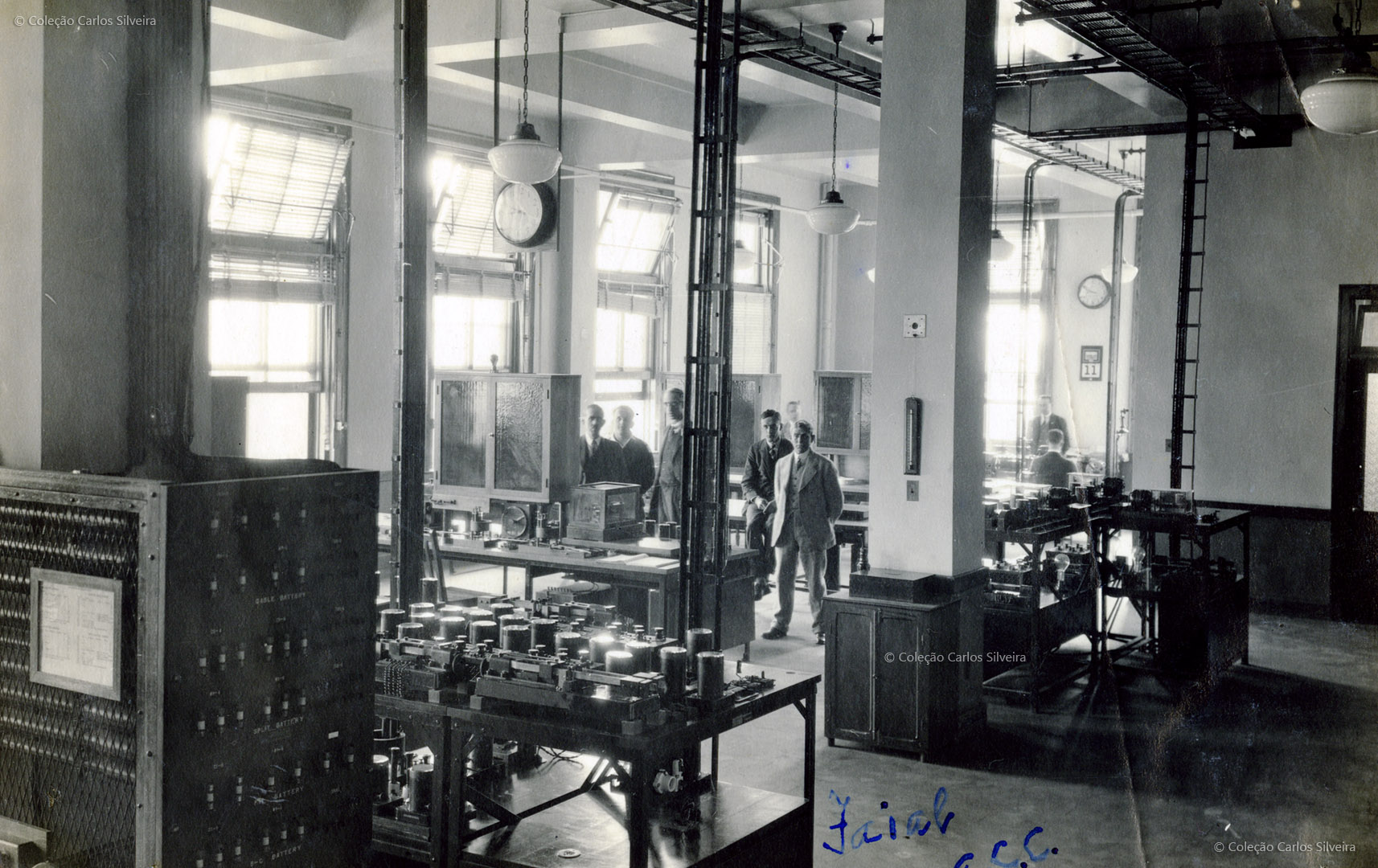Submarine Cables
When we stop to think about the fact that nowadays, almost everyone has their own mobile phone, personal computer and other network equipment, we wonder how communications have evolved until today. From smoke signals, to homing pigeons, to lighthouses… leading to the discovery of electricity, which boosted the acceleration of the whole evolutionary process, as the world entered the era of globalization.



Horta, strategically located in the middle of the Atlantic, played a key role in the history of telecommunications. Due to the submarine cables, conducting messages through electric impulses, that were “tied” to Horta, it became a world centre of communication reception and transmission, and even a pioneer concerning communication between the European and the American continents.
The first cable became operational in 1893, connecting Carcavelos to Horta and from then, other cables were connected. In 1928, fifteen submarine telegraph cables were connected to England, the United States of America, Canada, Ireland, France, Cape Verde, Italy and Germany, making Horta one of the largest communication centres on the planet, bringing the world together and globalizing information, essentially of meteorological, naval and military nature, which was particularly useful in periods like the two Great World Wars.
German, English, and American telegraph companies settled in the city and remained here for six decades, hereby influencing the social, cultural and sports dimension in the local community’s day-to-day lives. Different languages were taught and spoken. Orchestras were created, performing regularly, jazz being a popular genre. Sports clubs were founded, and new sporting categories appeared, such as rowing, sailing, water polo, tennis, or football. As a result, Horta became a cosmopolitan city, filled with life, where inevitably, these foreign workers and young women from Faial ended up getting married.
In 1969, the last foreign company of submarine telegraph cable closed, due to the system’s clear obsolescence. Their imposing buildings still remain, such as the “Trinity House”, which had this designation because it housed all three companies, as well as administrative and residential neighbourhoods, such as the still designated Colónia Alemã (German Colony), belonging to the Regional Government today, and the facilities from the American company Western Union, currently the Faial Resort Hotel.
Seeing that progress cannot be stopped and history repeats itself, the telegraph cables eventually gave way to axial cables and, from 1998 onwards, to the extraordinary fibre optic cables.